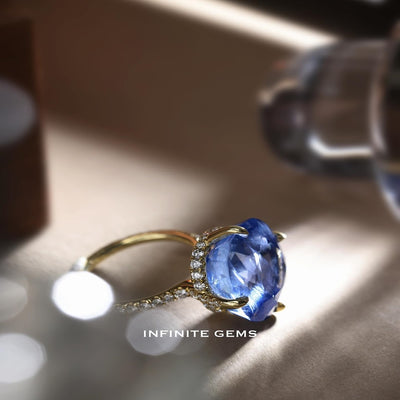When it comes to green gemstones in the world of gemstones, the standard reference is undoubtedly Emerald, as there is hardly any other gemstone that can possess the pure green color of Emerald. Moreover, the price of each Emerald can vary significantly, ranging from $500 to $10,000 per carat. In this regard, it is essential for customers to understand and compare different factors such as color, origin, and treatments involved.
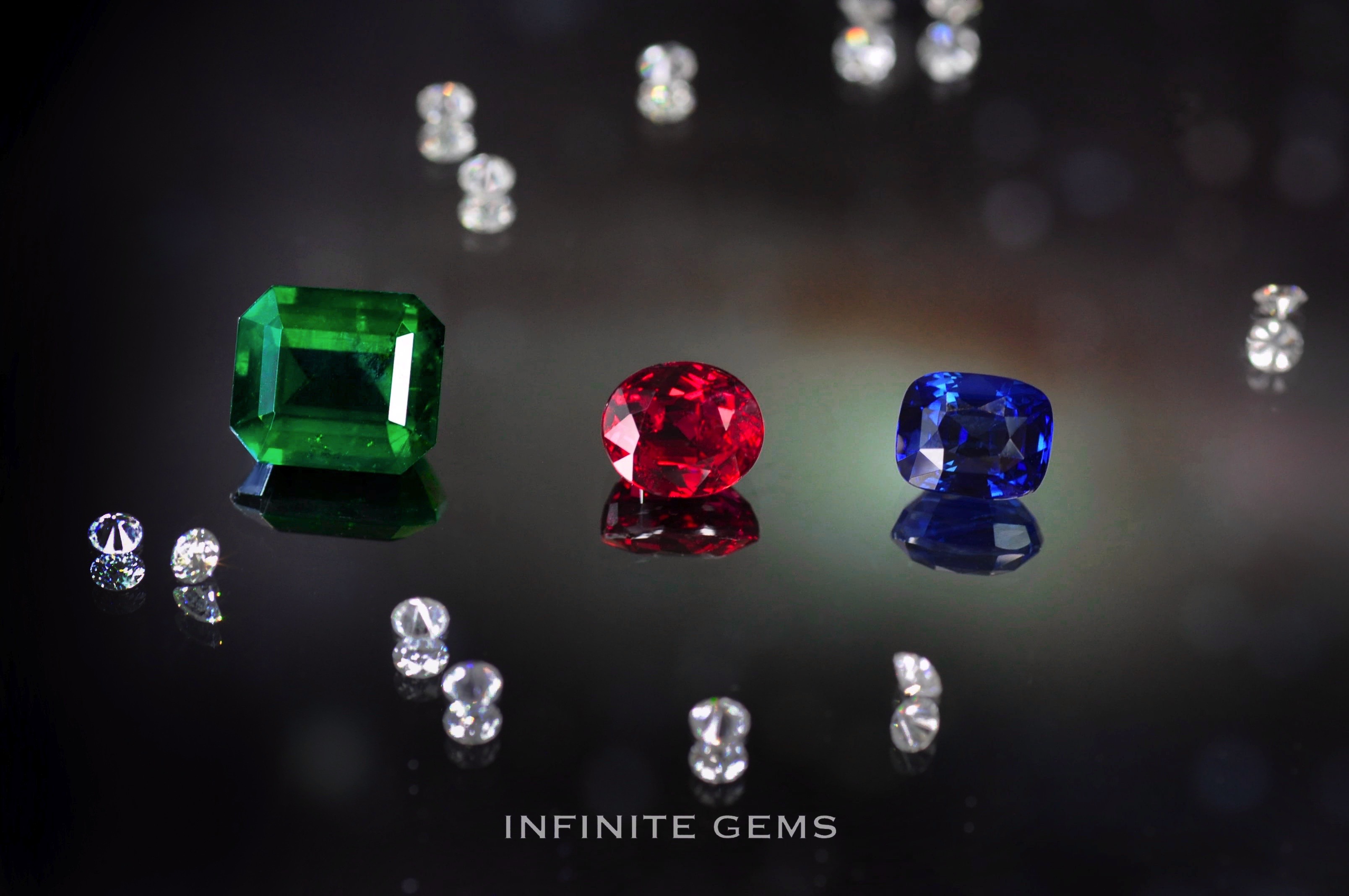
The gemstone on the left is a 4.41-carat Zambian emerald without any oil treatment.
Color: Emeralds are not necessarily pure green!
The color of emeralds can vary from light green to dark green, with the most popular and highly sought-after being the deep green, also known as "Muzo Green." The color of emeralds is derived from the presence of elements such as chromium, nickel, titanium, and iron. The color can vary depending on the origin and the presence of inclusions.
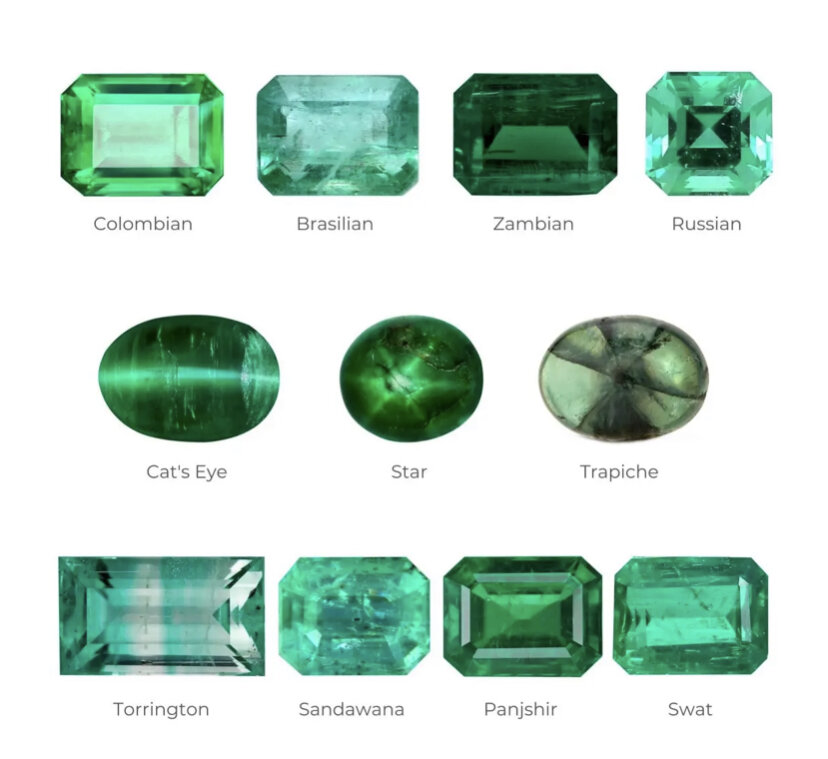
The image above provides a quick explanation of the corresponding colors of emeralds from different regions. However, it is not difficult to notice that Colombian emeralds possess a unique and vibrant quality. Only Colombian emeralds can exhibit the sought-after Muzo Green color. It's important to remember that not all Vivid Green emeralds are equivalent to Muzo Green. Only those with a notation on an accompanying page in the GRS certificate can be classified as Muzo Green.
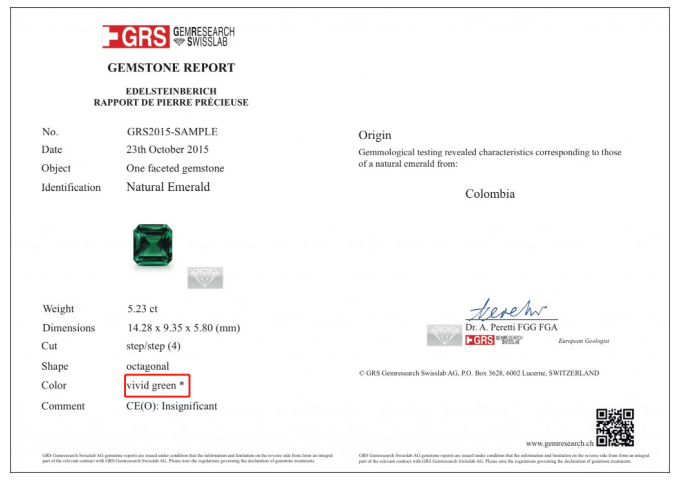
The area circled in red in the image represents Muzo Green. Generally speaking, emeralds can be categorized into light green, green, jade green, and dark green. Some institutions, such as GIA, also evaluate the saturation of green color. If the green color leans towards blue, it would be classified as Greenish Blue.
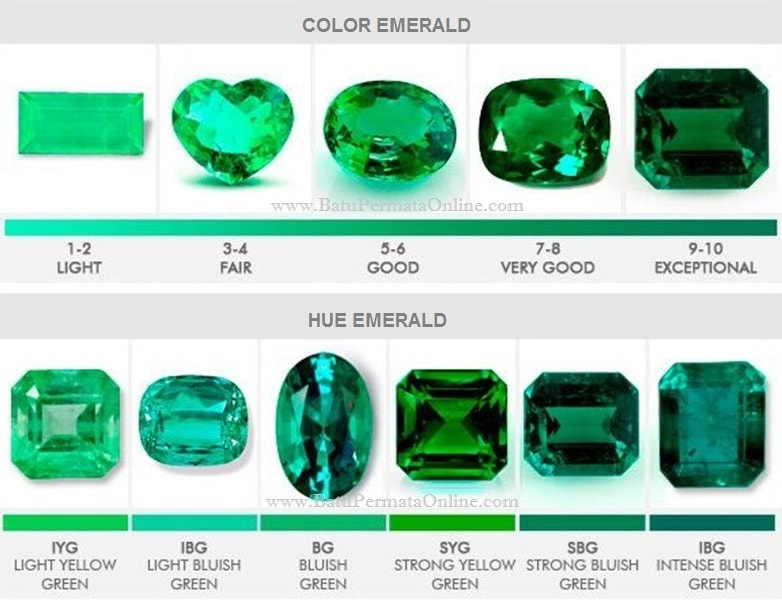
Finally, we rank the colors of emeralds based on their value, from high to low:
Muzo Green (highest value)
Vivid Green
Green/Deep Green
Light Green
Just like sapphires, emeralds also exhibit various color variations, such as Intense Bluish Green, Strong Yellow Green, and more. However, these color differentiations are not recognized by GRS. Therefore, we will delve deeper into the study of emerald colors and share our findings with you in the future.
Origin: Colombia is the king
Previously, the term "emerald" was synonymous with Colombian emeralds because the market did not accept emeralds from other origins. However, in recent years, due to political and mining issues, Colombian emeralds have become less accessible to the general public. As a result, the market has gradually embraced emeralds from other sources such as Zambia, Brazil, Pakistan, and more. Currently, we are slowly building up our inventory of emeralds from Zambia, Brazil, and Pakistan, offering high-value gemstone choices to our customers. Once again, we rank them in terms of value, from high to low:
Ranking the value from high to low, we have: Colombia
Zambia/Pakistan (SWAT region)
Brazil/Zimbabwe (Sandawana region)
Russia
Shape and Cut: The most common and preferred cut for emeralds is the emerald cut
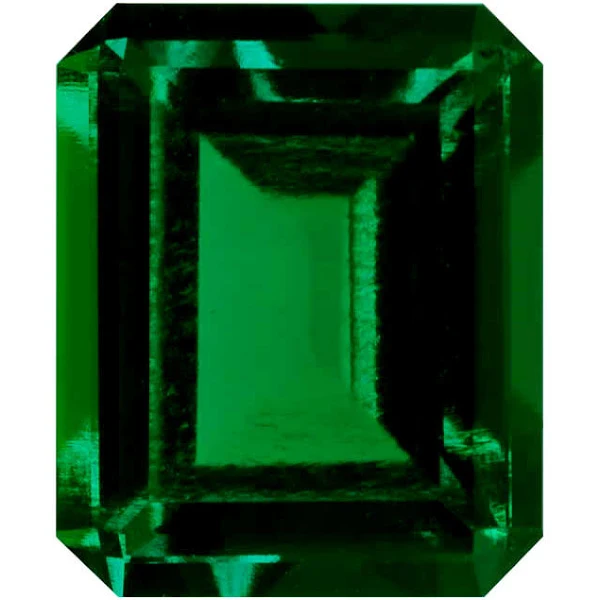

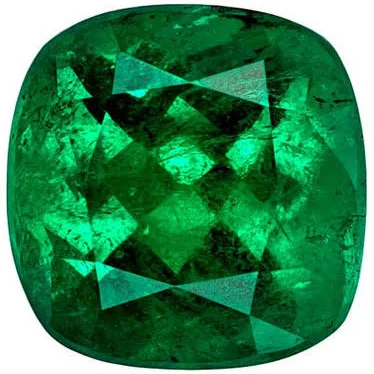

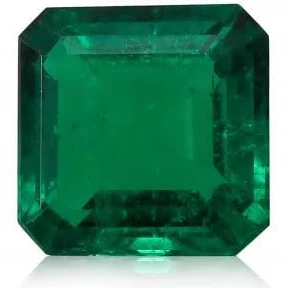

On the left side of the image is the classic emerald cut, in the middle is the cushion cut, and on the right side is the square emerald cut.
The most common cut for emeralds is the emerald cut itself. Other popular shapes in the market include oval shape, cushion shape, and pear shape. The main reason for these shapes' popularity is that they minimize wastage of the raw material during the cutting process. On the other hand, round shape is the least common because it tends to result in more material wastage, so it is generally avoided.
Clarity: Emeralds generally have inclusions
Emeralds typically have inclusions, and most buyers have already accepted this fact and consider different inclusions as contributing to the emerald's character and traits. These inclusions often appear as mossy or garden-like patterns (referred to as "Jardin" in French, meaning garden). Some people refer to these inclusions as "gardens." In general, unless the inclusions significantly affect the appearance of the emerald, clarity has a lesser impact on the price compared to color and origin.
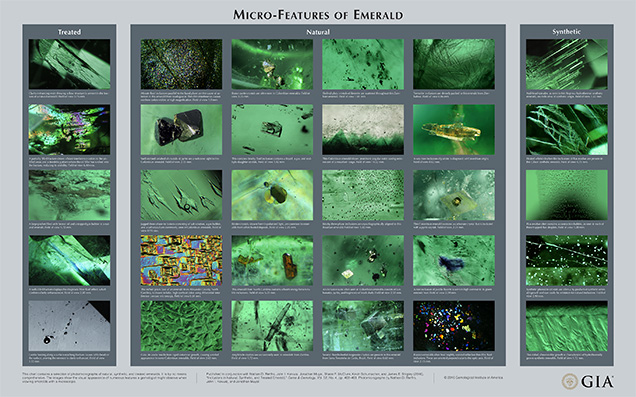
GIA presents different inclusions under magnification
Weight: The difference between one carat and two carats is not just double, but it increases exponentially.
It's important to note that gemstones of larger carat weights are quite rare. As the weight of a gemstone increases, the requirements for color and clarity also become higher. So, don't assume that a two-carat gemstone is simply twice the size of a one-carat gemstone! Of course, the market offers gemstones at various price points, so it's crucial to have a clear understanding of the market before making a decision.
Oil treatment: This is the most common treatment for emeralds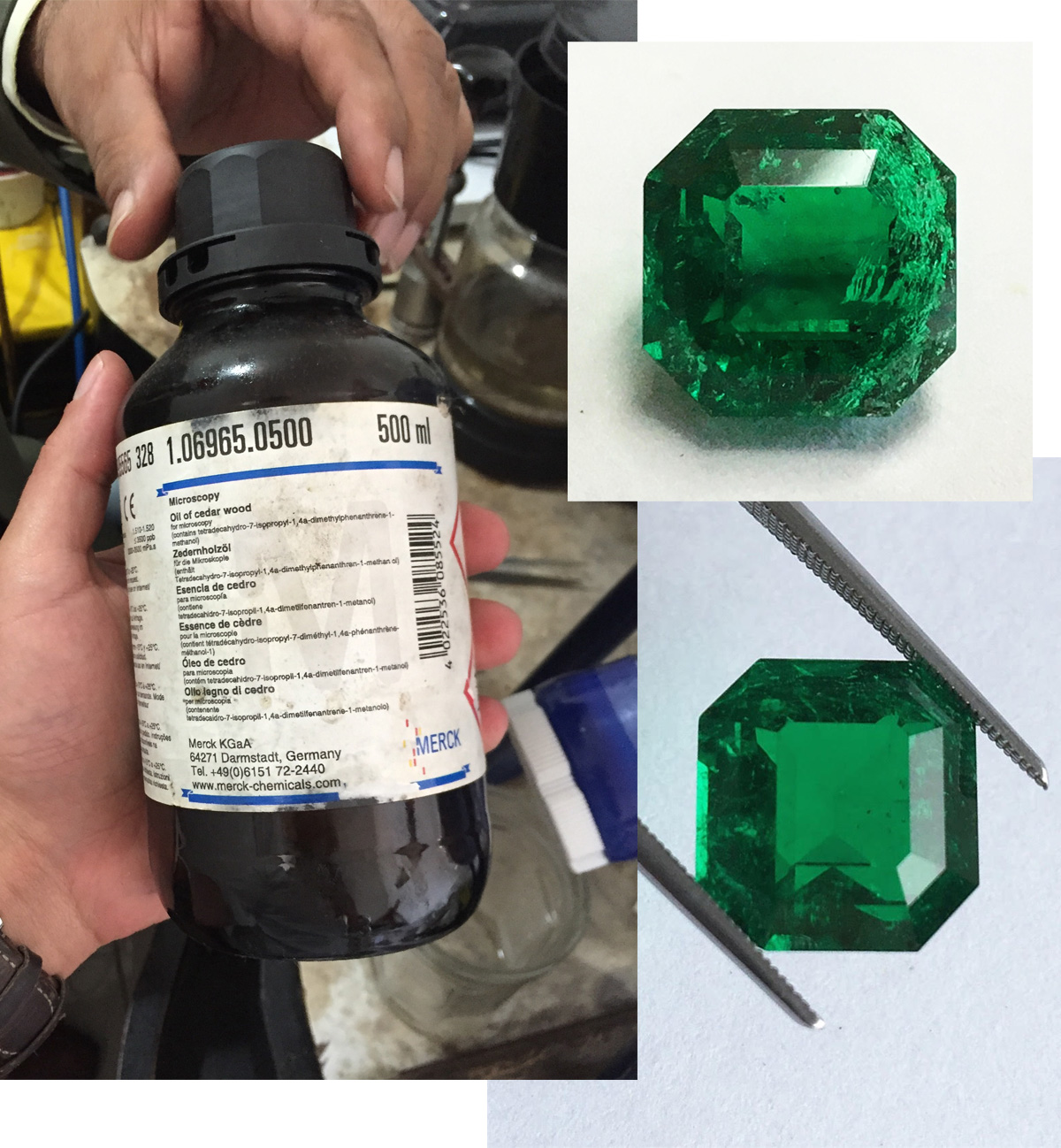
The image shows the differences in oil treatment for emeralds
Due to the nature of emerald gemstones, most emeralds have varying degrees of cracks and flaws, and their hardness is relatively lower compared to sapphire and diamond. Therefore, to protect the integrity of the emerald, oil treatment is commonly used to enhance its durability and overall appearance. The oil treatment process involves the following steps:
- Cleaning the emerald: First, the emerald is placed in a mild cleaning solution and gently brushed to remove surface dirt and grease. Then it is rinsed with clean water and allowed to dry.
- Choosing the appropriate oil: Various types of oils are used in the oil treatment process, such as palm oil, olive oil, cedarwood oil, etc. The choice of oil depends on the characteristics and requirements of the emerald. Generally, oils with good refractive index, stability, and transparency are selected.
- Oil bath heating: The selected oil is heated to a certain temperature (usually between 50-90 degrees Celsius). This helps the oil penetrate the cracks in the emerald more easily.
- Immersing the emerald in oil: The emerald is immersed in the heated oil, allowing it to soak thoroughly. The soaking time may vary from a few hours to several days, depending on the condition of the emerald's cracks.
- Slow cooling: After the emerald has soaked sufficiently, the oil is gradually cooled. This allows the oil to solidify within the cracks of the emerald, achieving the desired filling and repairing effect.
- Cleaning and inspection: Finally, the emerald is removed from the oil and cleaned with a mild cleaning solution and a soft brush. It is then rinsed with clean water and allowed to dry. The cracks in the emerald are inspected to determine if there has been any improvement. If necessary, the oil treatment process can be repeated.
In general, the oil content of emeralds is classified into five levels by international gemological laboratories: "None," "Insignificant," "Minor," "Moderate," and "Significant." It is generally not recommended to purchase emeralds with "Moderate" or higher oil content because emeralds with moderate oil content may gradually lose their original color when deprived of oil for a long time. Unless the price is relatively favorable, it is recommended to start with emeralds with "Minor" or "Insignificant" oil content. Additionally, while different international gemological laboratories may have different criteria, we generally accept the oil analysis of SSEF, Gübelin, GRS, GIA, and IGI. We exercise caution when dealing with reports from smaller institutions.

